|
SIDEWINDER L-TX GT
| |
|
Stryke' Single Keel Ski
|
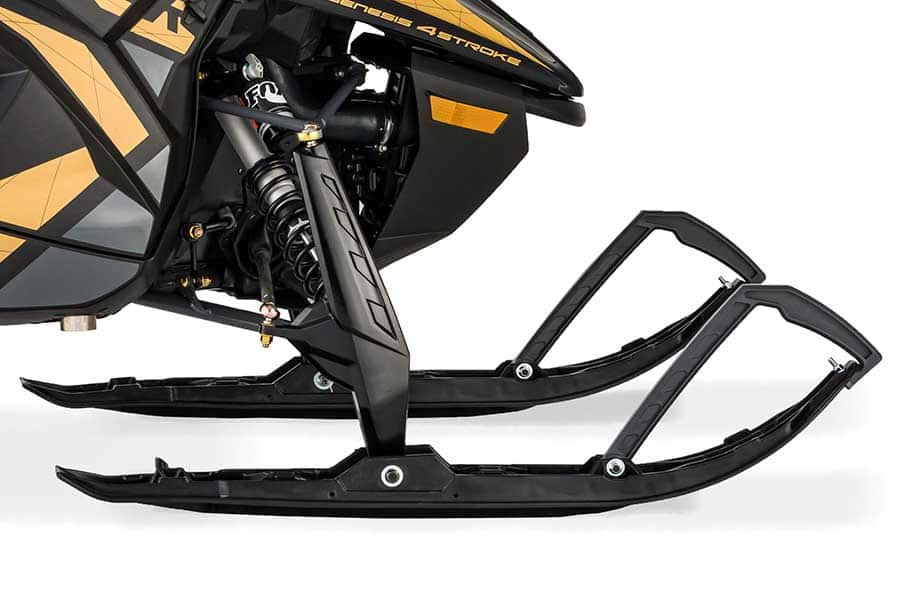 |
|
GT Series Wind Deflector
The medium smoked polycarbonate windshield was designed to shield the high-mileage rider from the coldest days. The windshield incorporates a small lip at the top to deflect wind and snow up and over the rider at speed, while flared edges provided added protection and warmth for your hands. The GT windshield was also designed to accomodate optional mirrors. The windshield is thicker then standard windshields to reduce mirror vibration at speed and features pre marked indents for an easy installation of the accessory mirrors. |
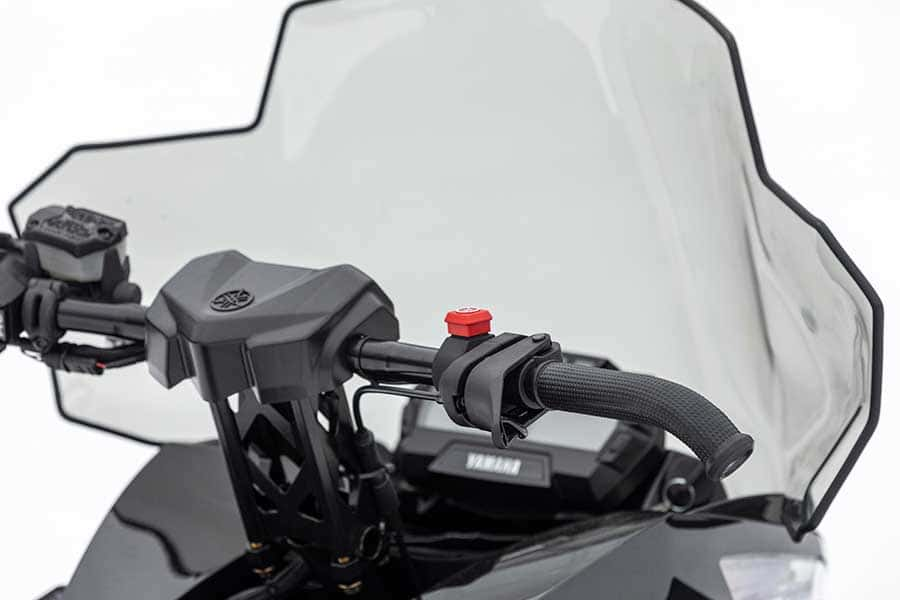 |
|
20" Tunnel Bag
|
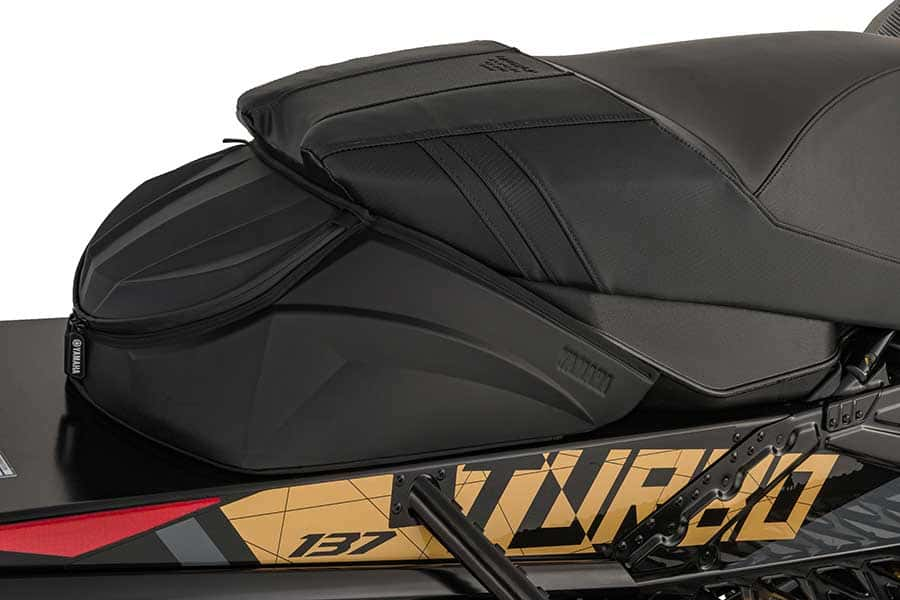 |
|
KEY FEATURES | |
| |
|
TOP | |
| |
|
Performance | |
| |
|
Handling | |
| |






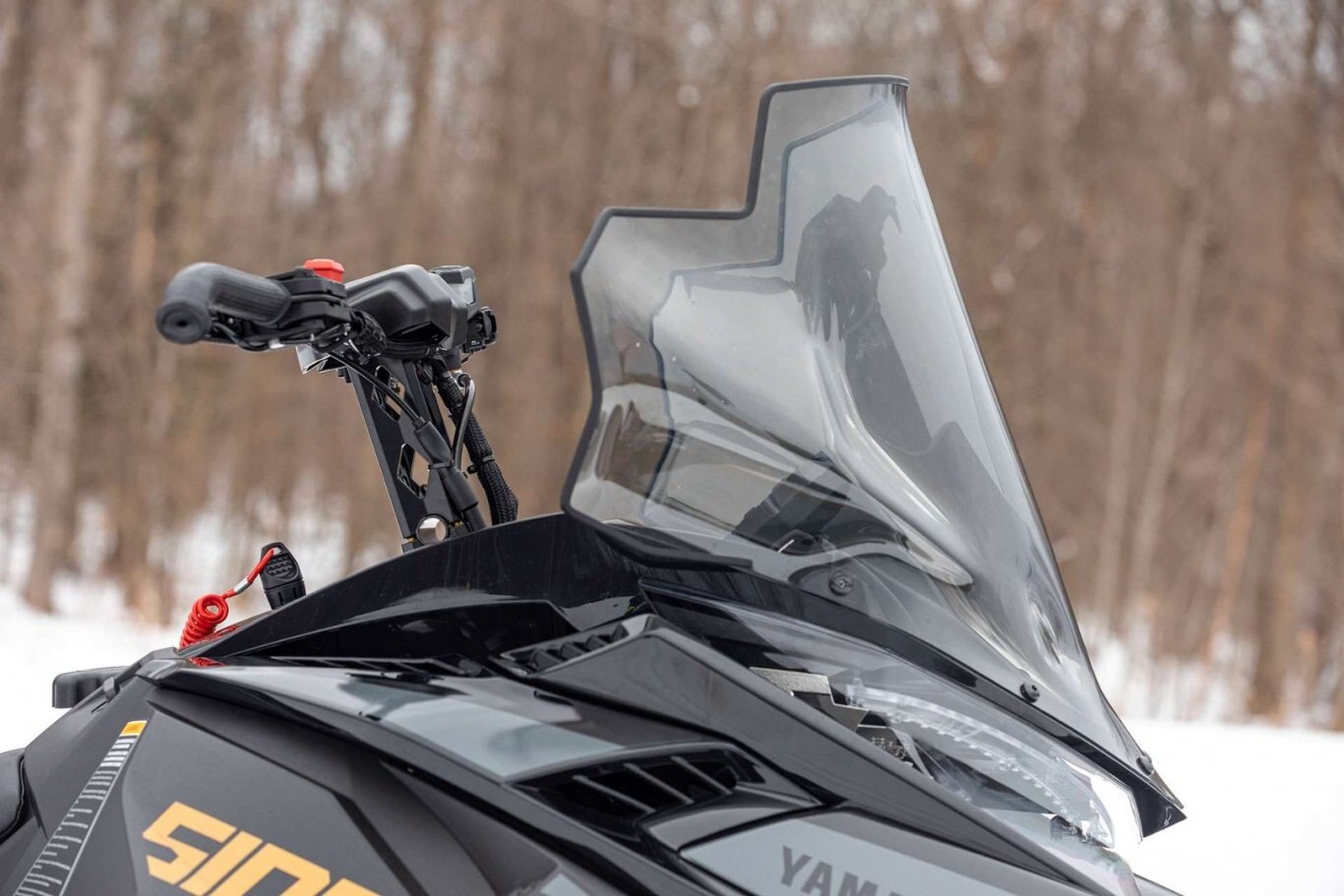





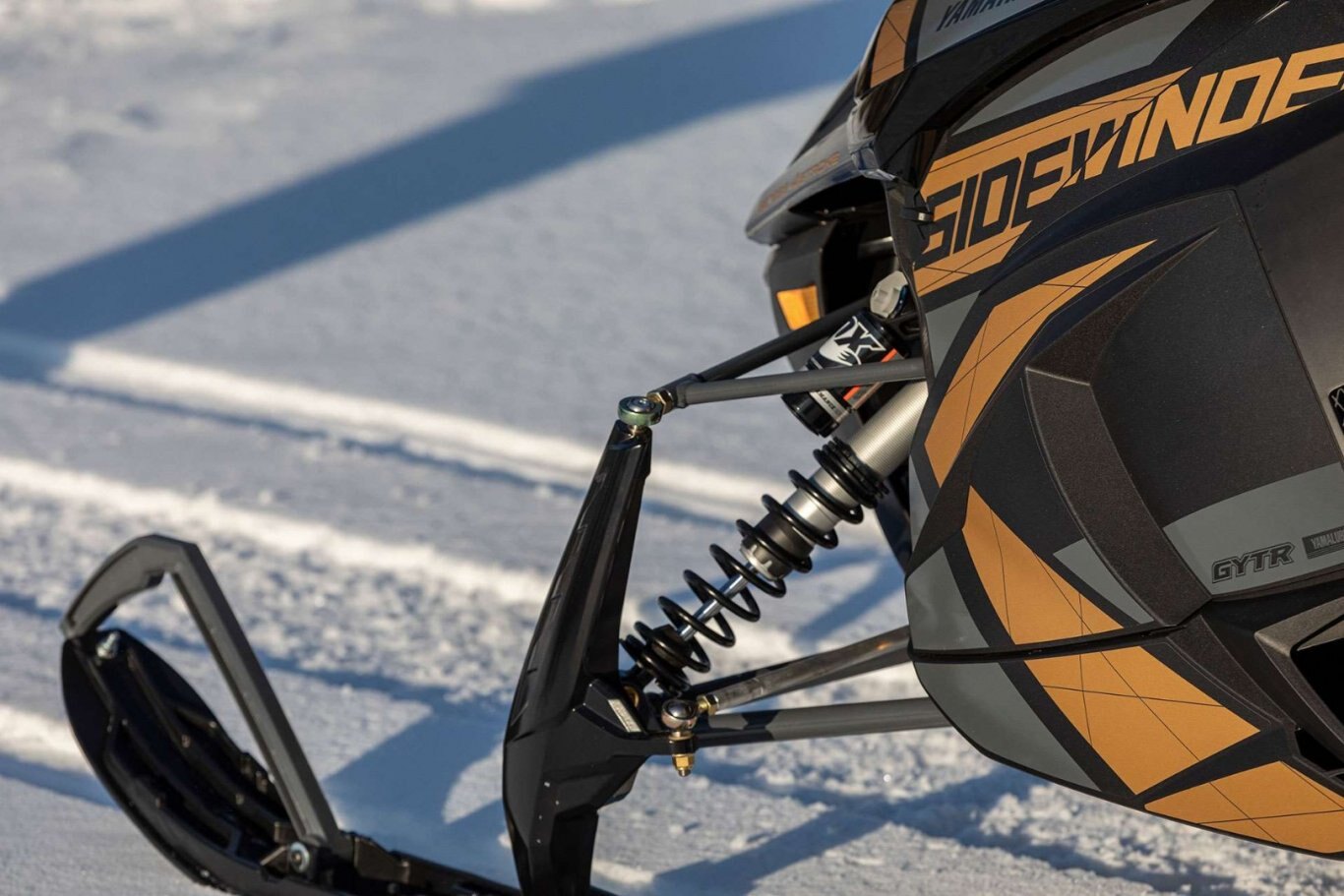
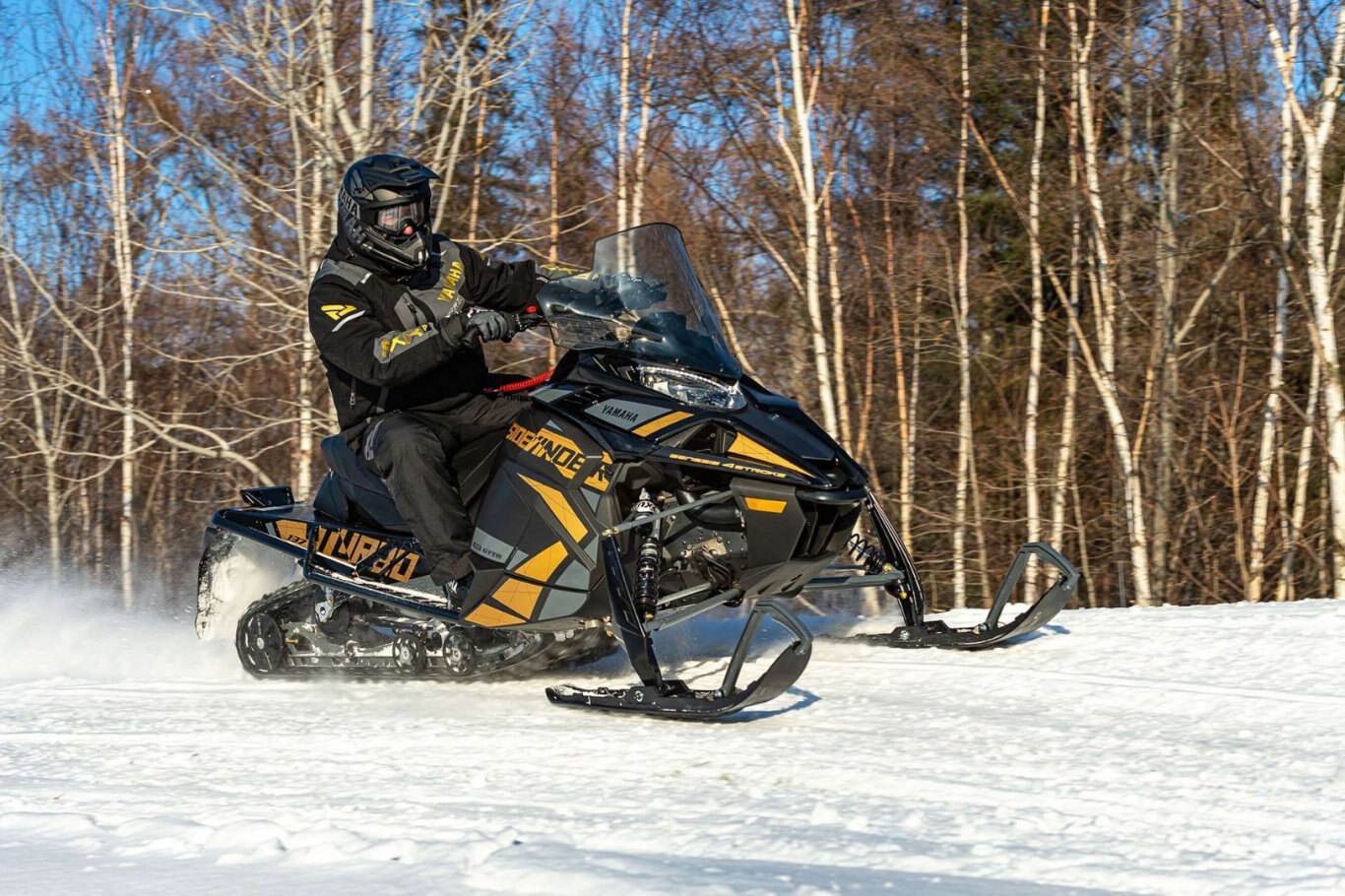





ID # 17383365
2021 Yamaha SIDEWINDER L-TX GT
Call for Price
Overview
Specifications
Videos
|
COMFORT |
|
Model
SIDEWINDER L-TX GT
Category Name
Snowmobiles
Year
2021
Sale Type
New
Manufacturer
Yamaha
Color
Ink Blue / Orange
Engine Size
998 cc
TYPE
Turbo 4-stroke / 998 cc
CLUTCH
YSRC
REVERSE
Standard
SKI TYPE
Yamaha Stryke Single Keel
DC OUTPUT
Automotive & RCA
HEADLIGHT
LED
TRACK TYPE
Camso Ripsaw II
REAR TRAVEL
13.5" (343 mm)
CENTRE SHOCK
Monotube Alum-HP GAS 1.5
ENGINE CLASS
Ultra Performance
FRONT SHOCKS
Fox 1.5 Zero QS3
FRONT TRAVEL
10" (254 mm)
FUEL CAPACITY
8.9 gal. (33.6 L)
FUEL DELIVERY
Electronic Fuel Injection
REAR SHOCK(S)
Fox 2.0 Zero QS3
ELECTRIC START
Standard
REAR SUSPENSION
Dual Shock SR 137
FRONT SUSPENSION
Independent Double Wishbone
TRACK / W X L X H
15" x 137" x 1.25"
SKI STANCE (CTR TO CTR)
42" (1,067 mm) adjustable
Model
SIDEWINDER L-TX GT
Category Name
Snowmobiles
Year
2021
Sale Type
New
Manufacturer
Yamaha
Quantity
0
Color
Ink Blue / Orange
Engine Size
998 cc
TYPE
Turbo 4-stroke / 998 cc








